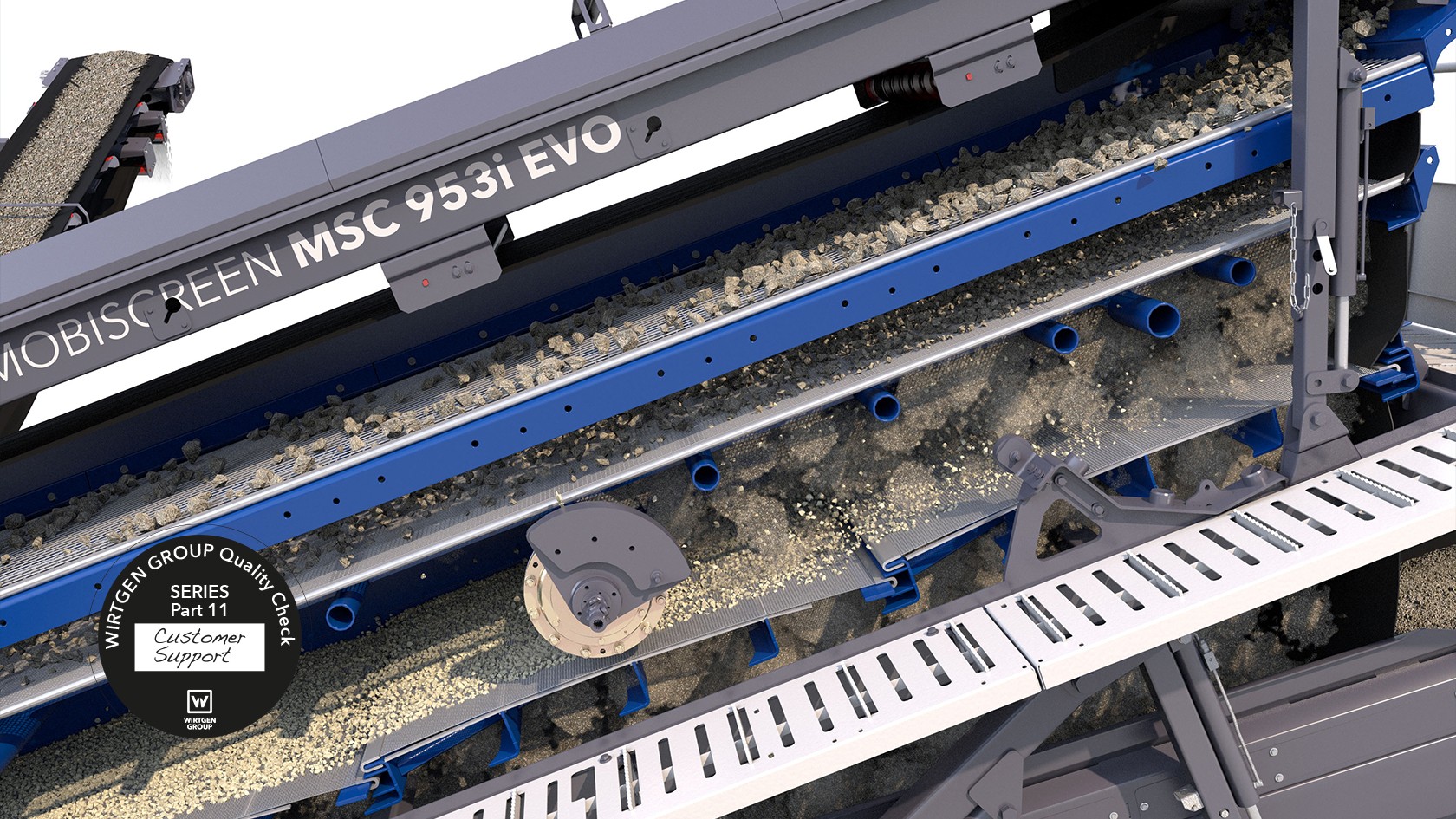PM-GRADE G-Harp/Piano Wire
These are used when materials are particularly moist, muddy, sticky, and difficult to screen. The thin longitudinal wires are perfectly suited for the dewatering and screening of muddy material. The flexible polyurethane cross-holder inserts also make it easier to install the screen on the crossbars of the screen casing in the lower deck. The clear mesh size should be selected to precisely match the required grain size.
DM-GRADE S-Harp
S-Harps are suitable for the screening of dry, moist, or clayey material. They are the best choice when it comes to precise grain separation. The surface is comparable with that of square mesh screens, but, as the longitudinal wires can oscillate freely, they offer the additional advantage of very good self-cleaning properties.
RM-GRADE W-Harp/Long Slot
W-Harps are used when higher material throughput is required and for the screening of elongated materials. They are constructed with corrugated longitudinal wires that possess a degree of natural oscillation that helps to prevent clogging and caking.






